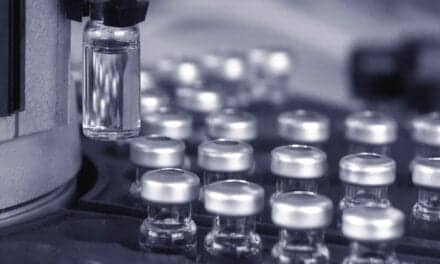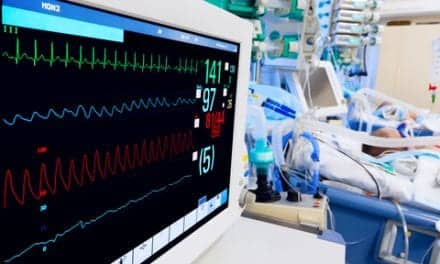Researchers at Brigham and Women’s Hospital (BWH), Boston, have identified a human lung stem cell that is self-renewing and capable of forming and integrating multiple biological structures of the lung, including bronchioles, alveoli, and pulmonary vessels. The findings appear in the New England Journal of Medicine.
“This research describes, for the first time, a true human lung stem cell. The discovery of this stem cell has the potential to offer those who suffer from chronic lung diseases a totally novel treatment option by regenerating or repairing damaged areas of the lung,” said Piero Anversa, MD, study author and director of the Center for Regenerative Medicine at BWH.
The researchers used lung tissue from surgical samples to identify and isolate the human lung stem cell and tested the functionality of the stem cell both in vitro and in vivo. Once the stem cell was isolated, the researchers demonstrated in vitro that the cell was capable of dividing both into new stem cells and also into cells that would grow into various types of lung tissue. They then injected the stem cell into mice with damaged lungs. The injected stem cells differentiated into new bronchioles, alveoli, and pulmonary vessel cells which not only formed new lung tissue, but also integrated structurally to the existing lung tissue in the mice.
The researchers define this cell as truly “stem” because it meets three criteria for categorizing a stem cell: it is self-renewing; it forms into many different types of lung cells; and it is transmissible, meaning that after a mouse was injected with the stems cells and responded by generating new tissue, the researchers were then able to isolate the stem cell in the treated mouse, and use that cell in a new mouse with the same results.
“These are the critical first steps in developing clinical treatments for those with lung disease for which no therapies exist. Further research is needed, but we are excited about the impact this discovery could have on our ability to regenerate or recreate new lung tissues to replace damaged areas of the lungs,” said Joseph Loscalzo, MD, PhD, co-author of the study and chair of the department of medicine at BWH.
Source: Brigham and Women’s Hospital









